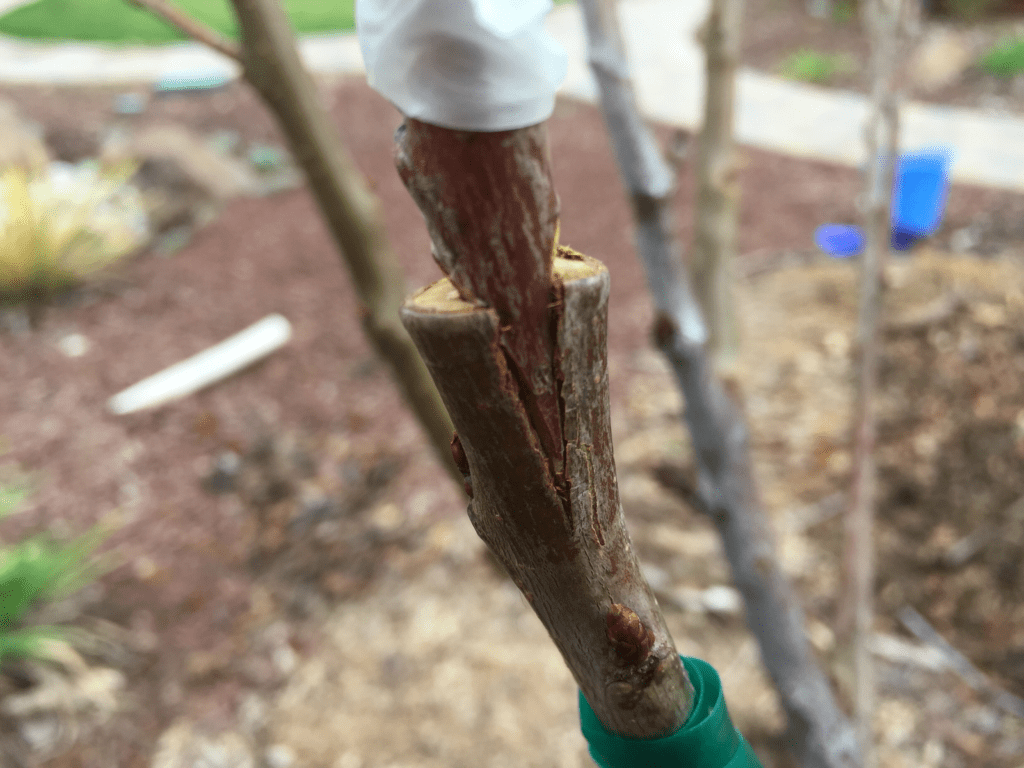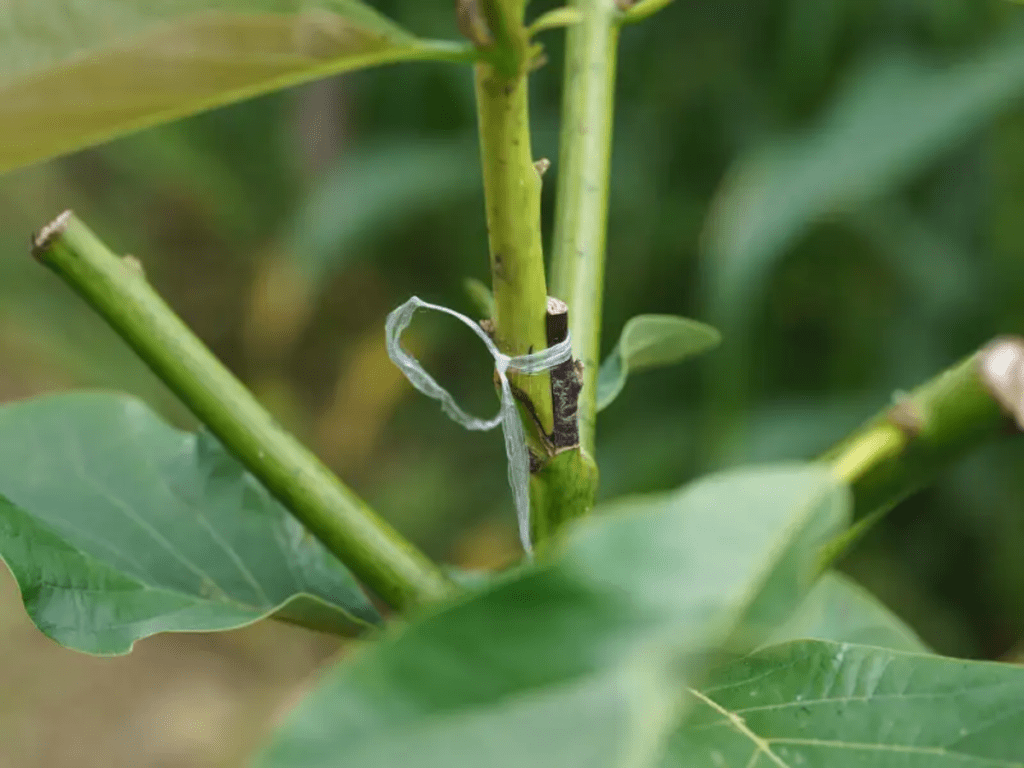Introduction:
Tree grafting is a horticultural technique that has been employed for centuries to propagate and cultivate trees with desired characteristics. This method involves combining the tissues of two or more plants to create a single, functional plant. Grafting is widely used in orchard management, forestry, and ornamental horticulture. In this article, we will be exploring the techniques, benefits and drawbacks of tree grafting.
I. Overview of Tree Grafting:
1.1 Definition and Purpose:
Tree grafting is the process of joining plant tissues from different sources, enabling the growth of a single, unified plant. Various purposes drive the employment of this technique, including:
- Propagating desirable fruit varieties
- Repairing damaged trees
- Combining the strengths of different rootstocks and scions
- Accelerating the maturity of fruit-bearing trees
1.2 Historical Perspective:
The practice of grafting dates back thousands of years, with evidence of its use in ancient civilizations such as China, Greece, and Rome. Over time, the technique has evolved, and today, it plays a crucial role in modern horticulture.
II. Types of Tree Grafting Methods:
2.1 Whip-and-Tongue Grafting:

Whip-and-tongue grafting is a commonly used method that involves cutting matching slits, or tongues, into both the scion (upper part) and the rootstock (lower part) and joining them together. This technique is popular for its simplicity and effectiveness, particularly with young trees.
Pros:
- High success rate
- Quick healing and union of tissues
- Suitable for various tree types
Cons:
- Requires precision in cutting
- Not ideal for large branches
2.2 Cleft Grafting:

Cleft grafting is employed for larger branches or trunks. In this method, a vertical slit or cleft is made in the rootstock, and the scion, typically a smaller branch, is inserted into the cleft. This technique is advantageous for rejuvenating older trees or repairing damaged ones.
Pros:
- Effective for larger branches
- Allows for the revitalization of older trees
Cons:
- May leave a visible scar on the trunk
- Requires careful alignment for successful union
2.3 Budding:

Budding involves inserting a bud or a small piece of vegetative tissue from the scion into the rootstock. This method is often used for fruit trees and is highly effective when the buds are in the dormant stage.
Pros:
- Performing it is possible during the growing season.
- High success rate with proper timing
Cons:
- Requires precise alignment
- Timing is critical for successful budding
2.4 Side-veneer Grafting:

Side-veneer grafting is suitable for larger branches or trunks. In this method, a portion of the side of the scion is matched with a similarly sized area on the rootstock. This technique allows for the joining of larger diameters.
Pros:
- Effective for larger branches
- Provides a strong union
Cons:
- Requires accurate alignment
- Not suitable for all tree types
III. Advantages of Tree Grafting:
3.1 Clonal Propagation:
Grafting allows for the clonal propagation of trees, ensuring that the new plant inherits the desired characteristics of the parent tree. Orchards seeking specific fruit varieties find particular value in this.
3.2 Disease Resistance:
Rootstocks with resistance to certain diseases or pests can be used to graft scions, providing the resulting tree with enhanced resilience. This is a proactive approach to managing potential threats in agricultural settings.
3.3 Accelerated Maturity:
Grafted trees often mature more quickly than those grown from seeds, leading to earlier fruit production. This can be advantageous for orchard owners and farmers looking to optimize their yields in a shorter timeframe.
IV. Disadvantages of Tree Grafting:
4.1 Compatibility Issues:
Not all trees are compatible for grafting, and attempting to graft incompatible species may result in failure. Understanding the compatibility of rootstocks and scions is crucial for successful grafting.
4.2 Risk of Disease Transmission:
Improper sanitation measures during grafting can enhance the risk of disease transmission, despite the potential for grafting to enhance disease resistance. Careful handling and sterilization of tools are essential to mitigate this risk.
4.3 Graft Incompatibility:
In some cases, grafts may not form a strong union between the scion and rootstock, leading to graft incompatibility. This can result in the failure of the graft and the eventual decline of the grafted tree.
Conclusion:
Tree grafting is a versatile and ancient horticultural technique that continues to play a vital role in modern agriculture and landscaping. Exploring the techniques, benefits and drawbacks of tree grafting and understanding the various grafting methods, along with their pros and cons, empowers growers to make informed decisions based on their specific needs and goals. Whether propagating fruit trees, rejuvenating older specimens, or creating disease-resistant varieties, tree grafting remains a valuable tool in the hands of skilled horticulturists.

Leave a Reply